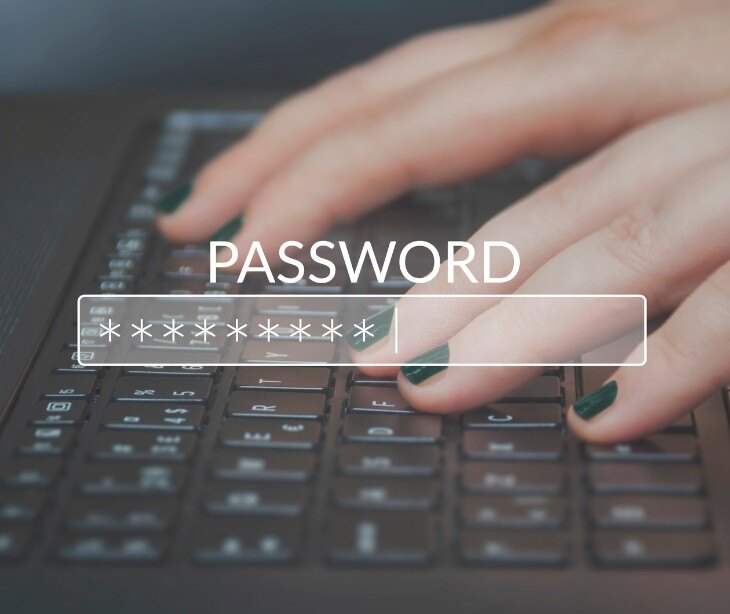
Access controls are a security mechanism that regulates who or what can view, use, or modify resources in a system. They ensure only authorized individuals or systems can access specific data, networks, or physical locations while restricting unauthorized access.
How do access controls work?
A recent report revealed that human error is a factor in 68% of all breaches. Implementing robust access control measures can reduce these risks by limiting unauthorized access and detecting suspicious activity.
Access controls work by enforcing rules that determine who or what can access specific resources in a system. It typically involves authentication, authorization, and auditing. Here's how it works:
- Identification: The user provides an identity (e.g., username, ID).
- Authentication: The system verifies identity using passwords, biometrics, or multi-factor authentication (MFA).
- Authorization: The system checks user permissions based on roles, attributes, or policies.
- Access enforcement: Access is granted or denied based on authorization.
- Auditing and monitoring: Access attempts are logged to detect security threats and ensure compliance.
Types of access controls
- Discretionary Access Control (DAC): The owner of the resource determines who can access it.
- Mandatory Access Control (MAC): Access is controlled by a central authority based on predefined policies (e.g., security classifications in government).
- Role-Based Access Control (RBAC): Permissions are assigned based on roles within an organization.
- Attribute-Based Access Control (ABAC): Access is granted based on attributes like user identity, location, or device type.
Read more: Access control systems in healthcare
Examples of access controls
- Physical access controls: Using keycards or biometric scans to enter a building.
- Logical access controls: Passwords, MFA, and encryption to restrict access to digital systems.
See also: HIPAA Compliant Email: The Definitive Guide
FAQS
How do access controls help prevent security breaches?
Access control helps by enforcing strict authentication methods, restricting user permissions, monitoring access logs, and detecting unauthorized activities, reducing the risk of breaches.
How can organizations improve their access control policies?
Organizations can improve access control by:
- Implementing MFA
- Using least privilege principles to limit access
- Regularly auditing and monitoring access logs
- Educating employees on cybersecurity best practices


%20-%202024-10-31T162916.063.jpg)
%20-%202024-12-11T185706.590.jpg)
%20-%202024-09-27T062246.990.jpg)